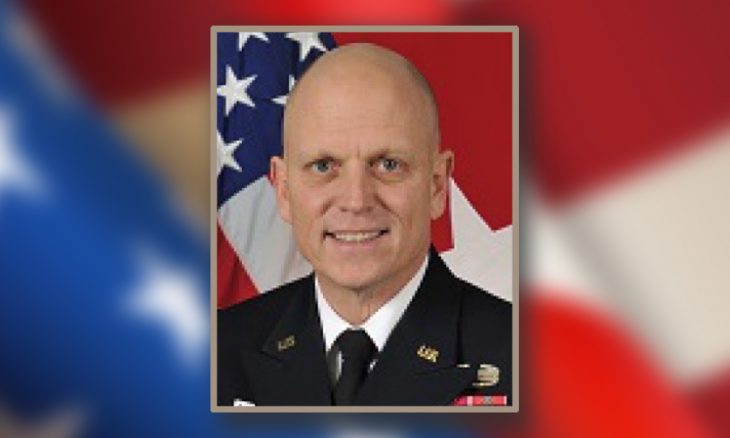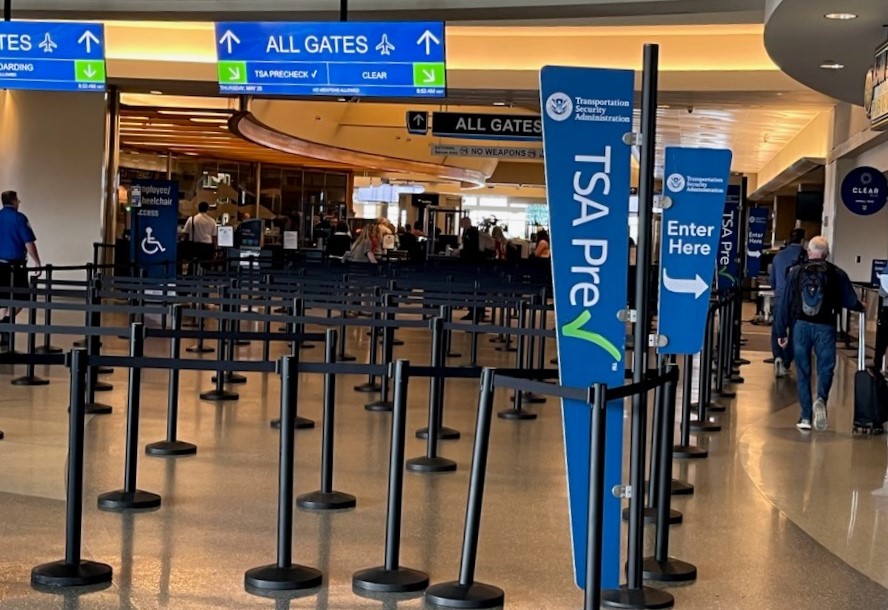Major General Ross Coffman
Director, Army Next-Generation Combat Vehicles Command
Ross Coffman earned an undergraduate degree in economics and government from Centre College. He received an MBA and management degree from Embry-Riddle Aeronautical University, and later attended the Harvard Kennedy School as a national security fellow.
He spent his company grade years with the 3rd Armored Cavalry Regiment, the 2nd Army Regiment, and the National Training Center operations group. He served as a field grade officer in the Joint Interagency Task Force South, the 1st Armored Division, the NTC, and twice with the 3rd Army Division. Coffman served as a commander of a combined arms battalion, and was the Army’s chief of operations tasked with supervising daily operations and training sessions. He was the deputy director of the Army’s 1st Infantry Division stationed in Europe.
Since July 2018, Coffman has been the director of the Army Futures Command’s Next-Generation Combat Vehicle Cross-Functional Team.
In the News…
Robots fired machine guns, grenade launchers, and anti-tank missiles at a range of targets during a Robotic Combat Vehicle live-fire warfare preparation exercise, a key step toward integrating a new fleet of armed ground drones to support future Army combat operations.
“We actually shot live bullets off of these robots,” said Major General Ross Coffman, the director of the Next Generation Cross-Functional Team for Army Futures Command. “It’s really exciting what we’ve proven out this far, not only are the robots working extremely well, the payloads are accurate and effective.”
The addition of these kinds of robots, with humans maintaining decision-making authority regarding the use of lethal force, continues to greatly reshape Army tactics, maneuver formations, and cross-domain combat operations.
“We are seeing an increased stability or increased range that we didn’t think was possible previously,” General Coffman added.
The robots were designed with technical standards intended to enable rapid integration of any sensor or upgrade so that it can receive software updates and new weapons as new threats emerge over time.









